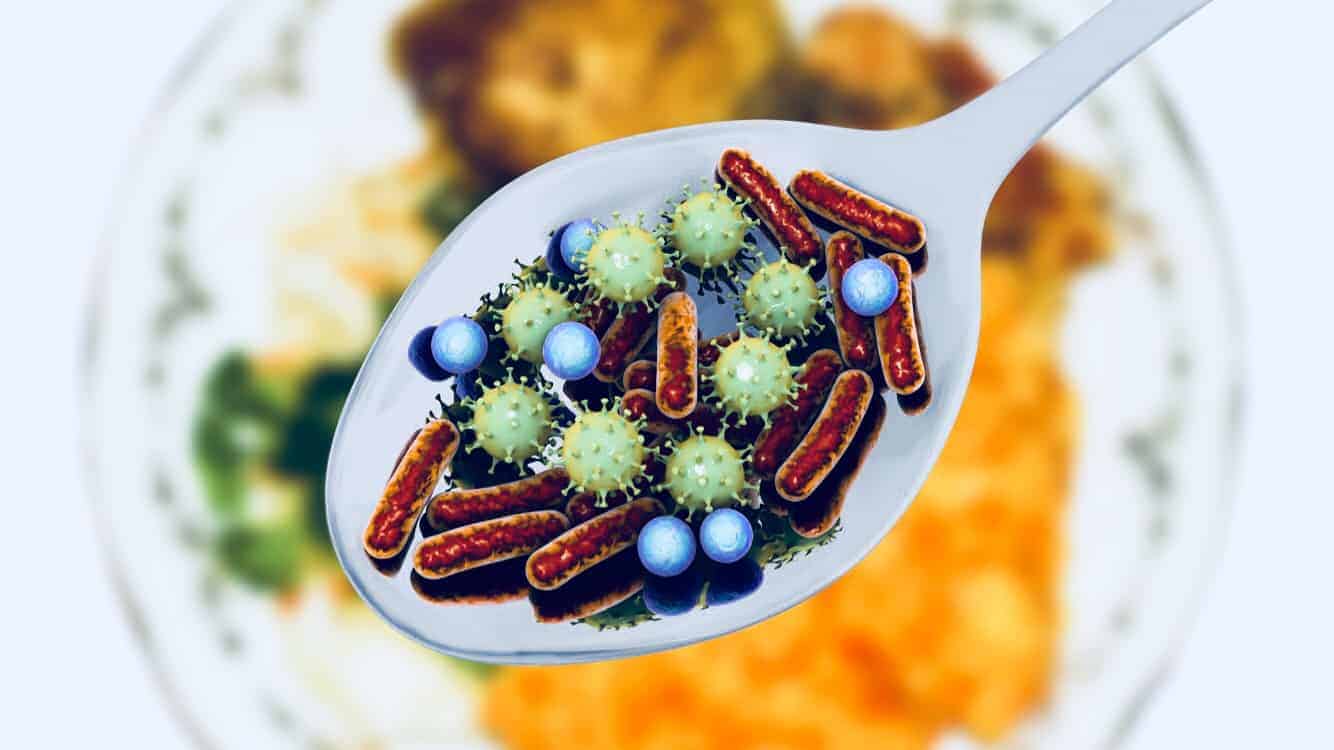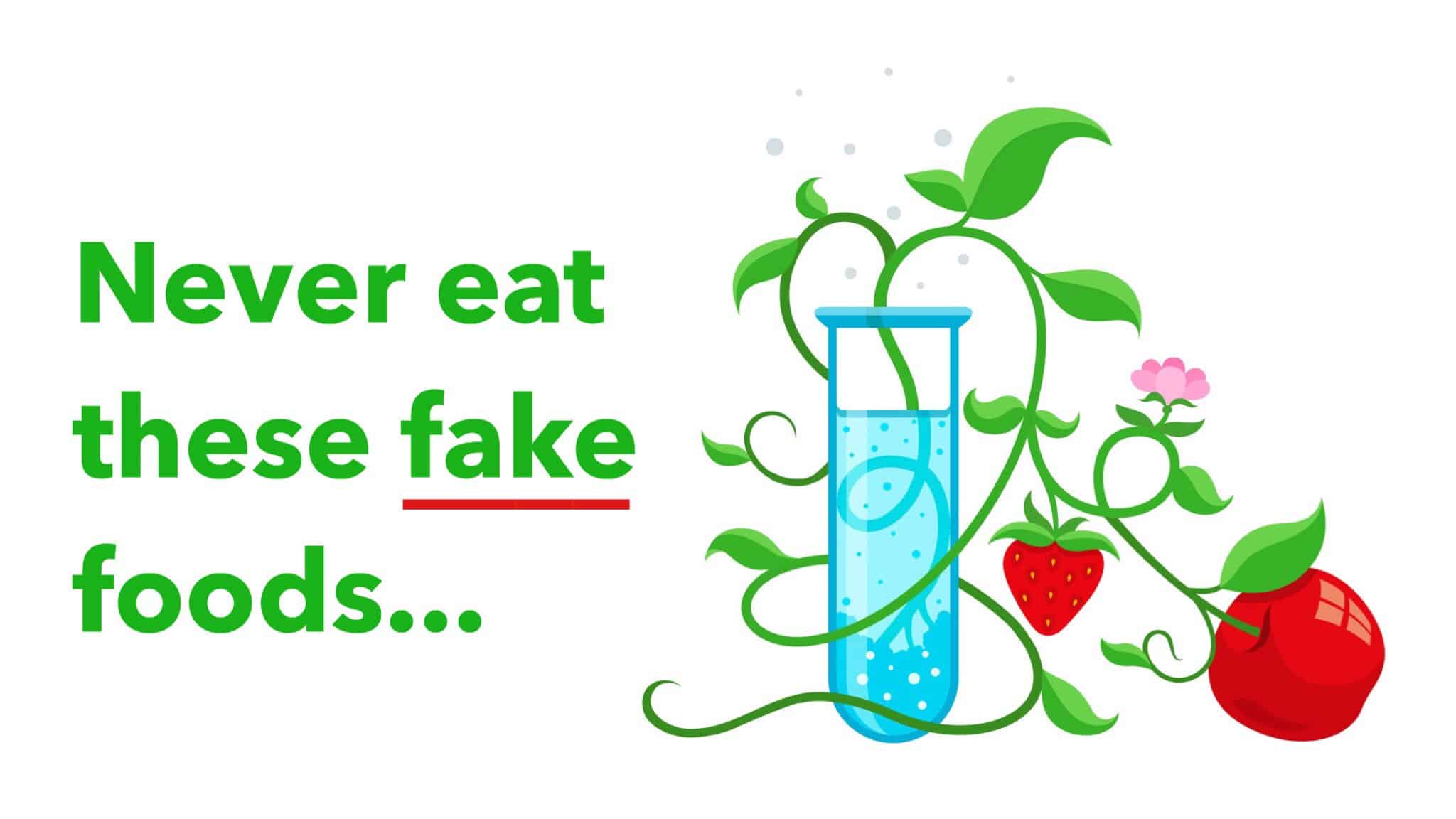Many different disease-causing germs can contaminate foods, so there are many different cases of food poisoning each year. CDC estimates that each year 48 million people get sick from foodborne illness, 128,000 are hospitalized, and 3,000 die. Researchers have identified more than 250 foodborne diseases. ~ The Centers for Disease Control and Prevention (CDC)
Food poisoning, also referred to as foodborne illness, happens after consuming food that has been contaminated before or during its preparation. Generally, food becomes contaminated during the processing, production, handling, or cooking phase. Infectious organisms – including bacteria, viruses, and parasites – are the most common causes of food poisoning.
Upon consuming contaminated food, each symptom’s degree of severity depends on the person. Some experience only mild symptoms; others, more severe. Individuals who have a higher risk of food poisoning are known to be “at-risk,” and they’re more likely to experience more severe forms of food poisoning.
We’ll discuss a few at-risk demographics later on in the article, followed up by some useful tips on how to prevent food poisoning.
First, here are five potential warning signs of the illness:
1. Flu-Like Symptoms
For many, the first symptoms to appear resemble those of the flu: weakness, nausea, and fatigue. Some people develop fever and chills. If your fever level reaches or exceeds 103 degrees Fahrenheit, you should seek immediate medical attention.
2. Abdominal Cramping and Pain
Organisms that produce food poisoning irritate the lining of your GI tract; this can lead to painful inflammation of the stomach, which may cause pain in your abdomen. The body quickly realizes the presence of harmful organisms and contracts the abdominal muscles faster to expel them. Unfortunately, this effect also leads to (often severe) cramping.
3. Diarrhea
Diarrhea is a common symptom of food poisoning; characterized by three or more bowel movements of loose and watery stools within a 24-hour period. The frequent urge to go to the bathroom is often preceded by abdominal cramps or bloating. Because of the severe nature of diarrhea typical of food poisoning, dehydration becomes a potential problem. It is necessary to sip water to fend off the potentially dangerous complications of a dehydrated body.
4. Nausea
Nausea that accompanies food poisoning may surface between one and eight hours of eating contaminated food. Nausea is commonly an early warning sign of food poisoning, as the body attempts to signal that we’ve digested something possibly harmful. Nausea symptoms may be exacerbated as the bowel slows – a natural response designed to keep the toxin confined to the stomach.
5. Vomiting
The “last early warning symptom” of food poisoning is usually a bout of vomiting. While vomiting (and diarrhea) are unpleasant, the body must expel bacteria and viruses from the body to prevent health complications. For some, episodes of severe vomiting throughout the illness (usually 3 to 5 days) is typical.
At-Risk Demographics
Food poisoning is similar to many other illnesses in that some groups of people are more at risk than others. The two differentiators are (1) odds of acquiring the illness, and (2) the body’s response once ill.
The groups most susceptible to food poisoning are:
Cancer Patients: As cancer weakens the immune system, they are more prone to the effects of infection-causing bacteria and other pathogens. Combined with symptoms of their cancer, a case of food poisoning can become rather severe.
Elderly Adults: Statistically, adults aged 65 and older are more likely to be hospitalized or experience severe complications from food poisoning. The primary reason is the slow decline of organ function as we age; including the immune system.
Pregnant Women: During pregnancy, it is common for the symptoms of food poisoning to become more severe. Also, some food groups dramatically increase risk: seafood, unpasteurized dairy, and eggs among them.
Young Children: The immune system is not fully developed until about four or five years of age. As such, a child’s immune system is not as able to effectively eliminate foodborne bacteria and pathogens.
Preventing Food Poisoning
It is important that we all prioritize food safety, as it can not only impact our health but those for whom we care. Those considered at-risk should take additional safety precaution, and consult with their doctor concerning dietary recommendations.
Following the USDA’s “Clean, Separate, Cook, Chill” framework, there are actionable steps to help prevent food poisoning:
1. Clean and wash hands, surfaces, and food before handling food.
2. Separate raw meats and poultry from other food types, especially vegetables.
3. Cook all food at the appropriate temperature.
4. Chill leftover perishable foods by promptly storing them in a refrigerator or freezer.
Treatment
(Please note that the following advice is not applicable to children. If you suspect that a child may have food poisoning, it is necessary to seek immediate medical attention.)
Most cases of food poisoning are treatable in-home. Courtesy of WebMD, here are a few steps to follow:
– Avoid food for the first few hours as your stomach settles.
– Drink water, broth, or an electrolyte solution to replace necessary minerals. (This is especially critical when diarrhea and vomiting are severe, as they increase the odds of dehydration.)
– Eat when you feel ready, but stick to limited amount of bland foods like bread, crackers, and soup.
– When not eating or drinking, make sure that you are resting.
If your symptoms do not begin receding within 2-3 days, call your doctor or visit a local health clinic.
https://youtu.be/yG-G9_LOkLA














 Community
Community

